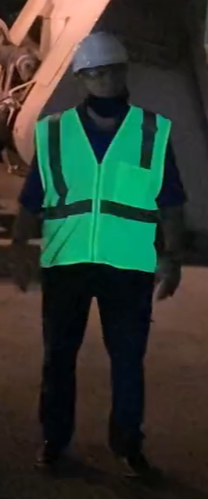
Safety lighting is vital in maintaining both safety and operational efficiency in utility work zones. In the United States alone, workzone fatalities have soared into the four digits each year, and that number is continuing to grow.* And, while that data can be extremely disheartening, there are many ways to bolster safety while work is being done, and safety lighting is one of them.
Safety lighting is crucial for workers in the utility industry for several reasons:
Enhanced Visibility in Hazardous Environments: Utility workers often operate in challenging environments, such as underground tunnels, power plants, or along power lines, where natural light is insufficient. Proper safety lighting ensures workers can clearly see equipment, wiring, and their surroundings, reducing the risk of accidental contact with high-voltage lines, pipes, or other dangerous utilities.
Emergency Response and Repair: Utility work often requires responding to emergencies, such as power outages, gas leaks, or water main breaks, which can occur at any time, including night hours. Safety lighting allows workers to perform repairs safely and quickly in dark or low-light conditions, helping restore essential services while minimizing the risk of injury.
Warning and Protection from Traffic and Public: Utility workers often perform their tasks on roadsides or in public spaces, where they are vulnerable to traffic or pedestrian movement. Safety lighting makes their presence known to drivers and passersby, serving as a visual warning to slow down or keep a safe distance, thus preventing accidents and ensuring the workers’ safety.
Safety lighting technology helps make work zones a safer place for all. Warning lights with HINVII™ technology use minimally visible, low-wavelength light to brilliantly illuminate any high-visibility clothing to make workers stand out in the dark lighting conditions.
For more information about HINVII™ technology, contact us or one of our licensed manufacturers today.
*Source: Overall work zone injury and fatality estimates are based on National Safety Council (NSC) analysis of NHTSA FARS and Crash Report Sampling System (CRSS) data sets. Worker fatality estimates are based on NSC analysis of BLS CFOI data using the pedestrian struck by vehicle in work zone event code. Data based on 2020, https://injuryfacts.nsc.org/motor-vehicle/motor-vehicle-safety-issues/work-zones/

